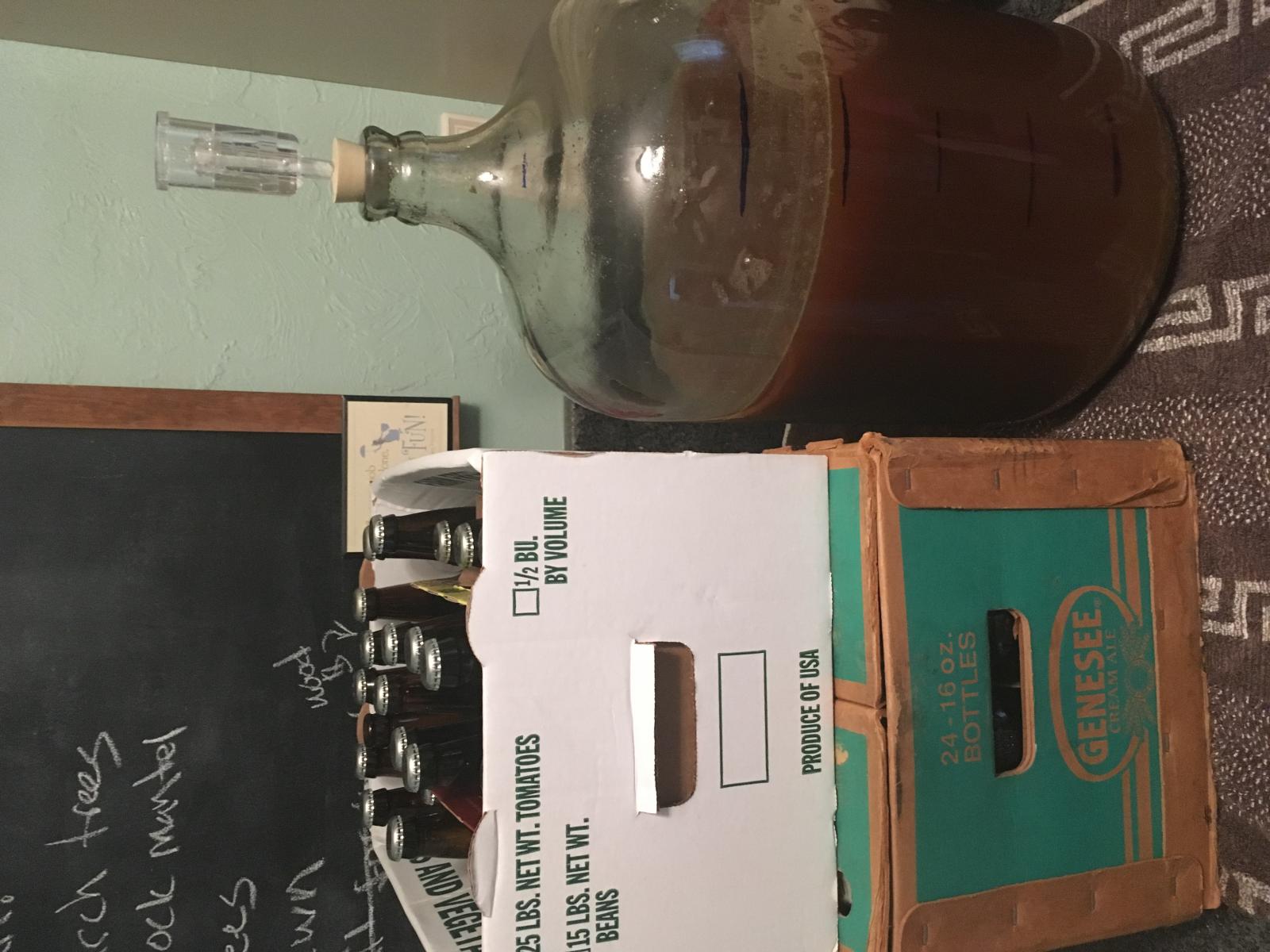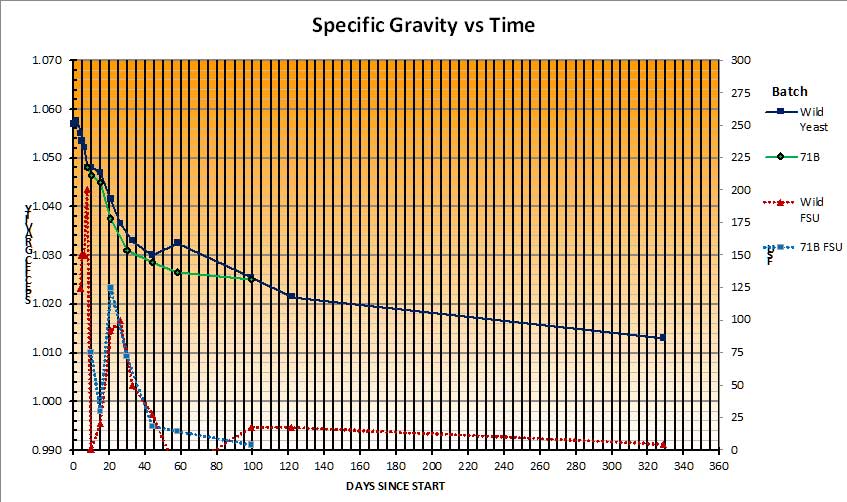I've been in contact with a local orchard who's agreed to supply me with unpasteurised juice straight from the press. As he pasteurises in the bottle, the price would increase substantially if I went for the bottled pasteurised apple juice option.
I'd be looking to fill 2x25l carboys but I'm a little concerned about the juice spoiling. Obviously, I would sterilise equipment as much as I could on site but how big a risk is there of spoiling with unpasteurised juice? Would adding the yeast immediately help to mitigate any risks?
Thanks for any help in advance. I really don't want to miss out on this season's crop.
I'd be looking to fill 2x25l carboys but I'm a little concerned about the juice spoiling. Obviously, I would sterilise equipment as much as I could on site but how big a risk is there of spoiling with unpasteurised juice? Would adding the yeast immediately help to mitigate any risks?
Thanks for any help in advance. I really don't want to miss out on this season's crop.















































![Craft A Brew - Safale S-04 Dry Yeast - Fermentis - English Ale Dry Yeast - For English and American Ales and Hard Apple Ciders - Ingredients for Home Brewing - Beer Making Supplies - [1 Pack]](https://m.media-amazon.com/images/I/41fVGNh6JfL._SL500_.jpg)












